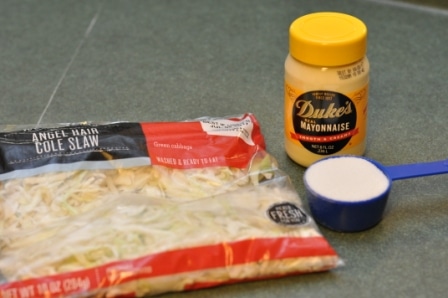


Sea plantain also contains sorbitol, a compound that offsets the challenges of salinity. It seems likely that their inundation with these beneficial fungal partners contributes to their fungal flavour. While I can’t find any specific evidence relating to flavour, it is well documented that many Plantago species are saturated with endomycorhizal fungi (fungi whose mycelia permeates the cell walls of its hosts, as opposed to ectomycorhizal fungi, whose mycelia sheathe the roots of partner plants – see my webinar “Understanding Fungi” for a detailed exploration of this). The distinct and intriguing mushroomy flavour of sea plantain (and other members of the Plantago genus) is a gastronomic mystery that i’ve pondered for many years. The immature flower heads (still green in the middle) are good source of roughage, but are less rewarding and flavoursome than those of ribwort plantain. While the flower stalks, roots and seeds are all edible, they aren’t particularly worthwhile compared to the leaves. Leaves are good eating at most stages of growth, though can get a bit stringy with age, and depending on where they are growing. Eat the green leaves, not the flowering stems, which are tough and flavourless.

Edibility –Leaves 4/5 – A superb, tender, salty succulent plant with a complex flavour: crunch, salinity, fresh green, some sweetness and mushroomy backnotes.


 0 kommentar(er)
0 kommentar(er)
